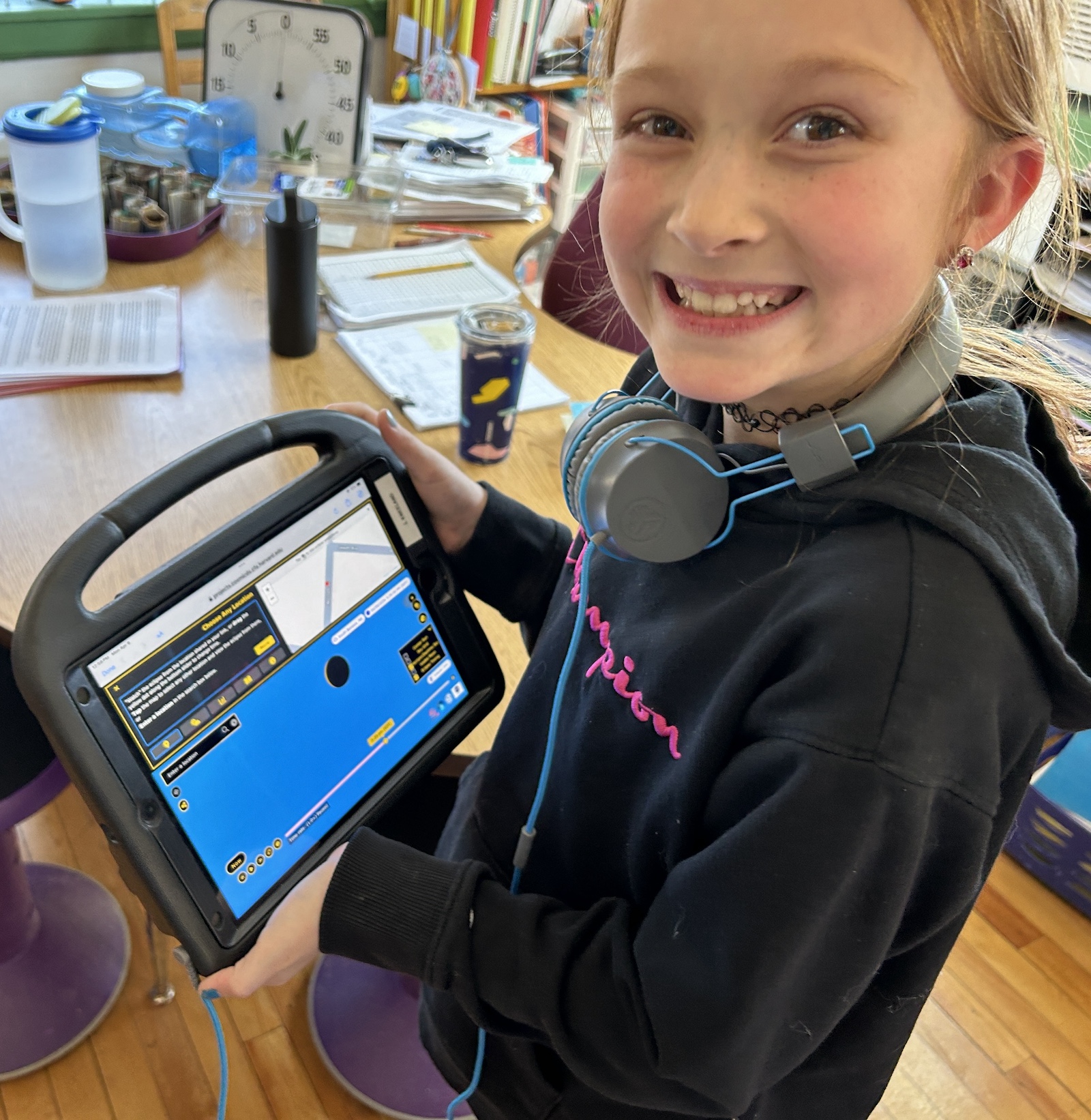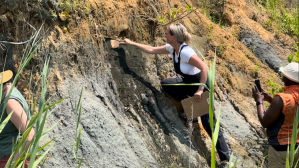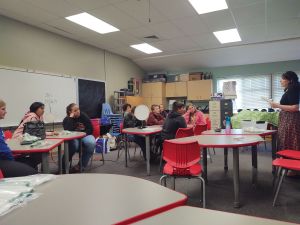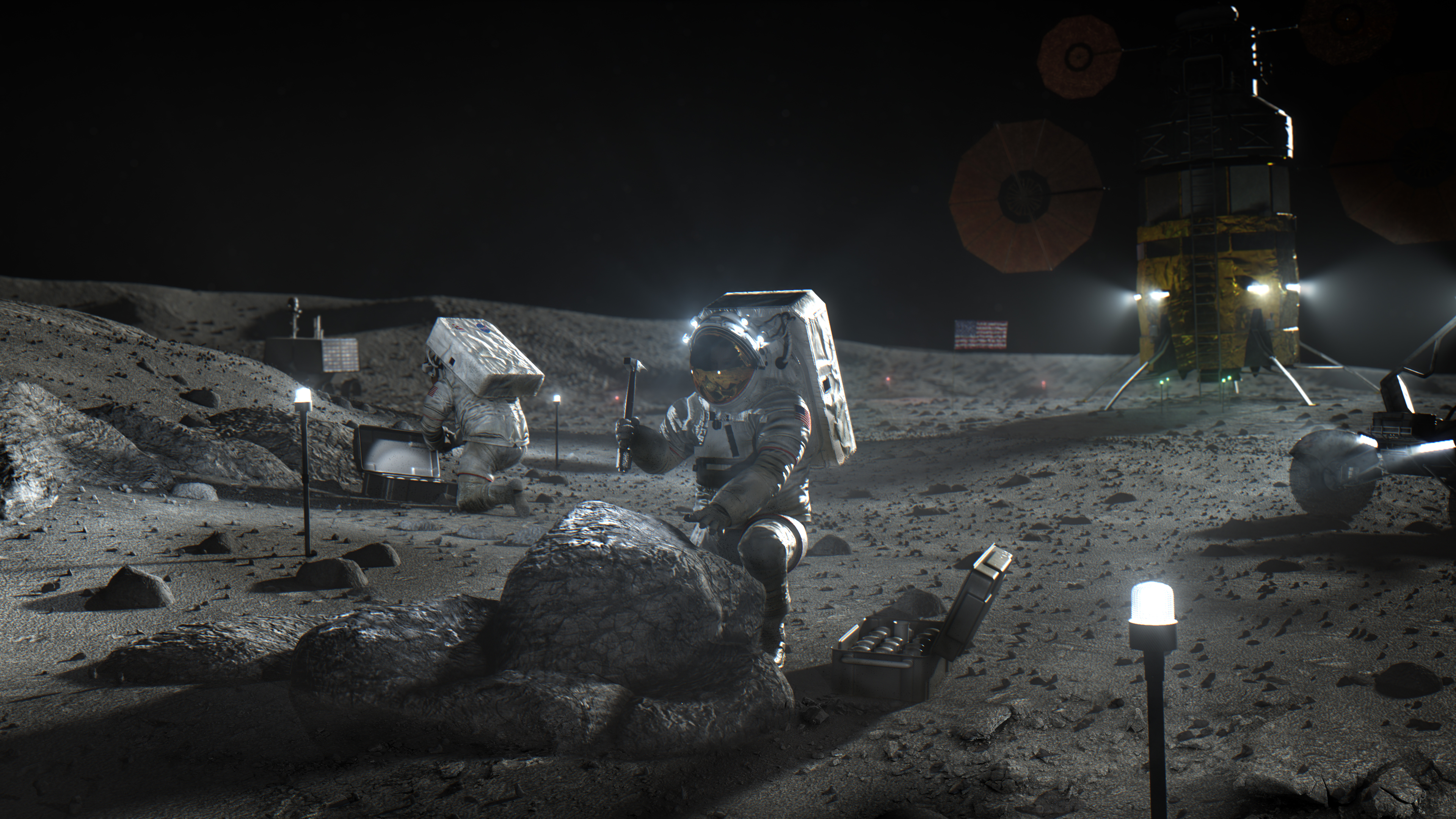Solar Eclipse Data Story Helps the Public Visualize the April 2024 Total Eclipse
The NASA Science Activation program’s Cosmic Data Stories team, led by Harvard University in Cambridge, MA, released a new Data Story for the April 8, 2024 Total Solar Eclipse. A Data Story is an interactive, digital showcase of new science imagery, including ideas for exploration and scientific highlights shared in a brief video and narrative […]
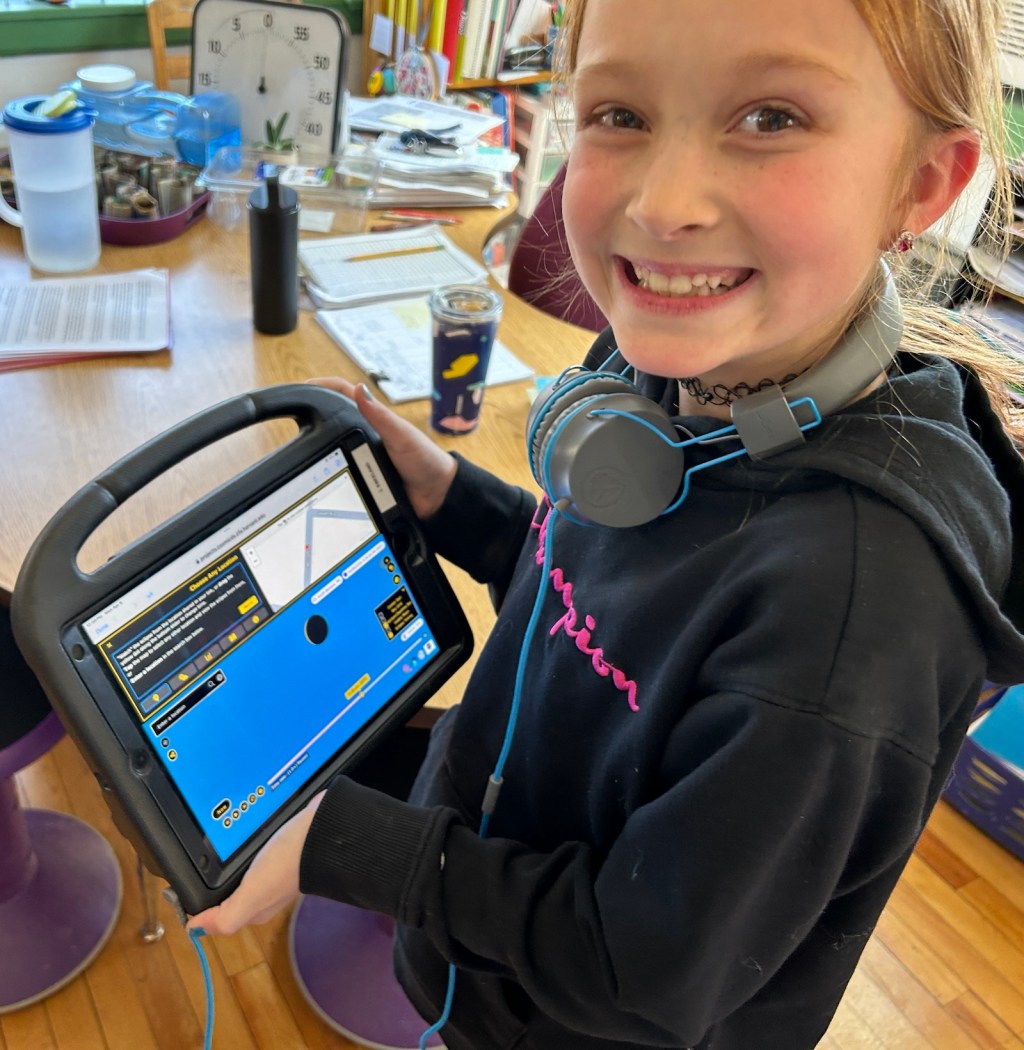
2 min read
Solar Eclipse Data Story Helps the Public Visualize the April 2024 Total Eclipse
The NASA Science Activation program’s Cosmic Data Stories team, led by Harvard University in Cambridge, MA, released a new Data Story for the April 8, 2024 Total Solar Eclipse. A Data Story is an interactive, digital showcase of new science imagery, including ideas for exploration and scientific highlights shared in a brief video and narrative text. In this Data Story, learners everywhere were able to view what the eclipse would look like from any location, including the ability to speed up or slow down time to watch what would happen as the Moon moved in front of the Sun. Users were also able to catch the ethereal glow of the Sun’s corona during totality and learn why we do not usually see the corona. They could also see what percentage of the Sun would be eclipsed at various locations. An educator guide and exploration guide make this Data Story an easy activity to fit in to any classroom. It is being used by students from late elementary through early college, and as of mid-April 2024, 23,000 learners from all 50 US states and outside the USA have accessed the Total Eclipse Data Story.
Explore the Total Eclipse Data Story
The Cosmic Data Stories project is supported by NASA under cooperative agreement award number 80NSSC21M0002 and is part of NASA’s Science Activation Portfolio. Learn more about how Science Activation connects NASA science experts, real content, and experiences with community leaders to do science in ways that activate minds and promote deeper understanding of our world and beyond: https://science.nasa.gov/learn
Share
Details
Related Terms
What's Your Reaction?



















.jpg?#)























